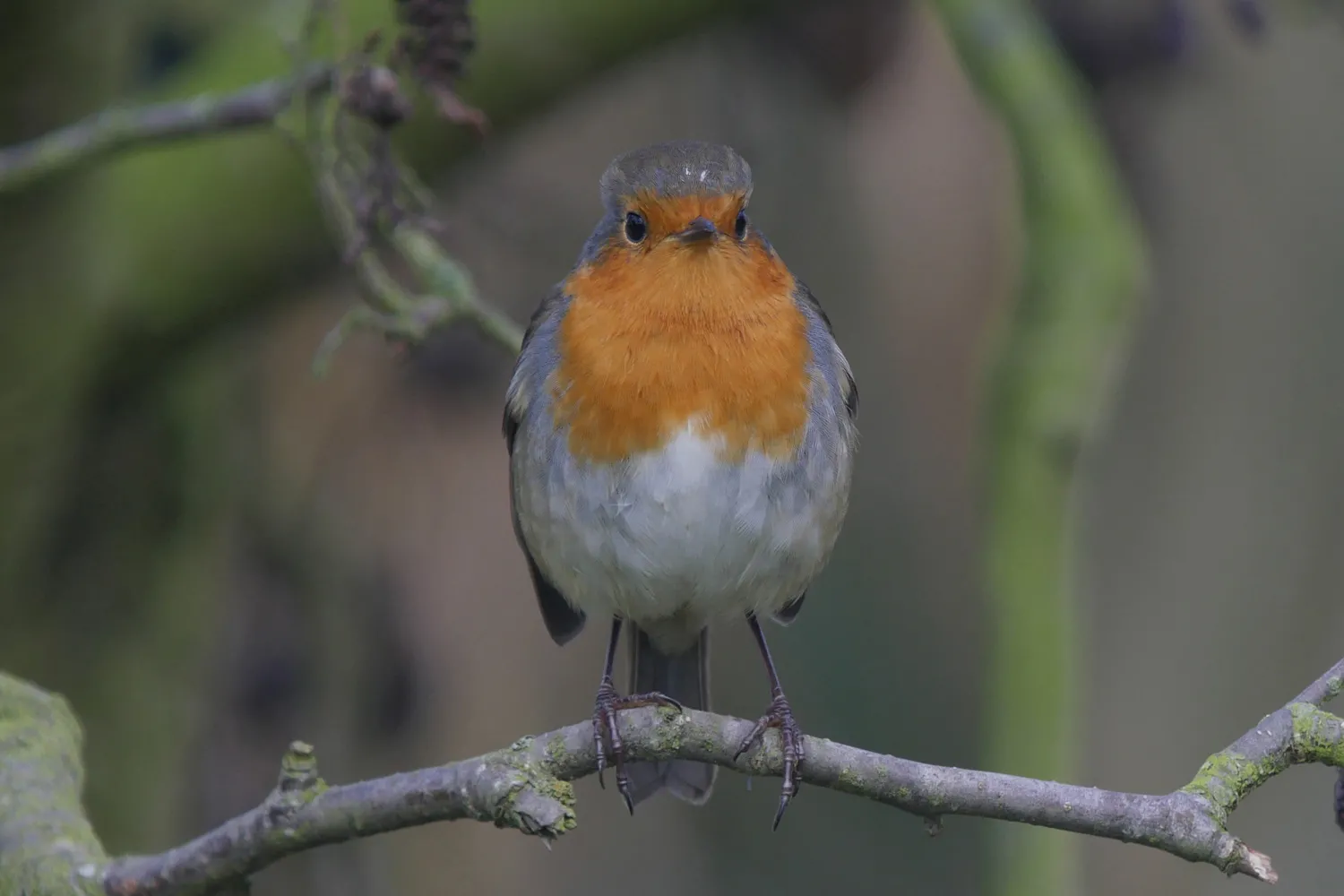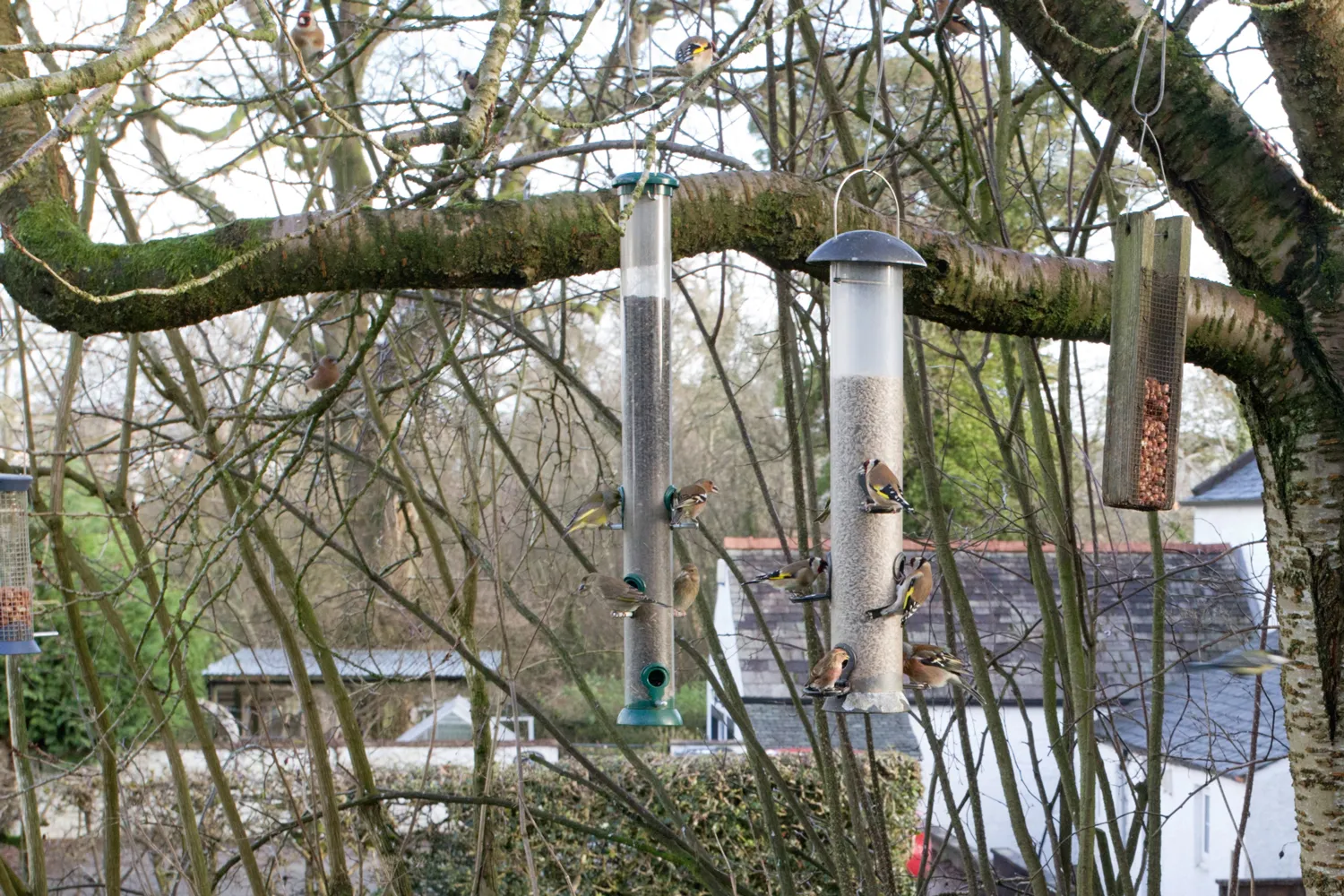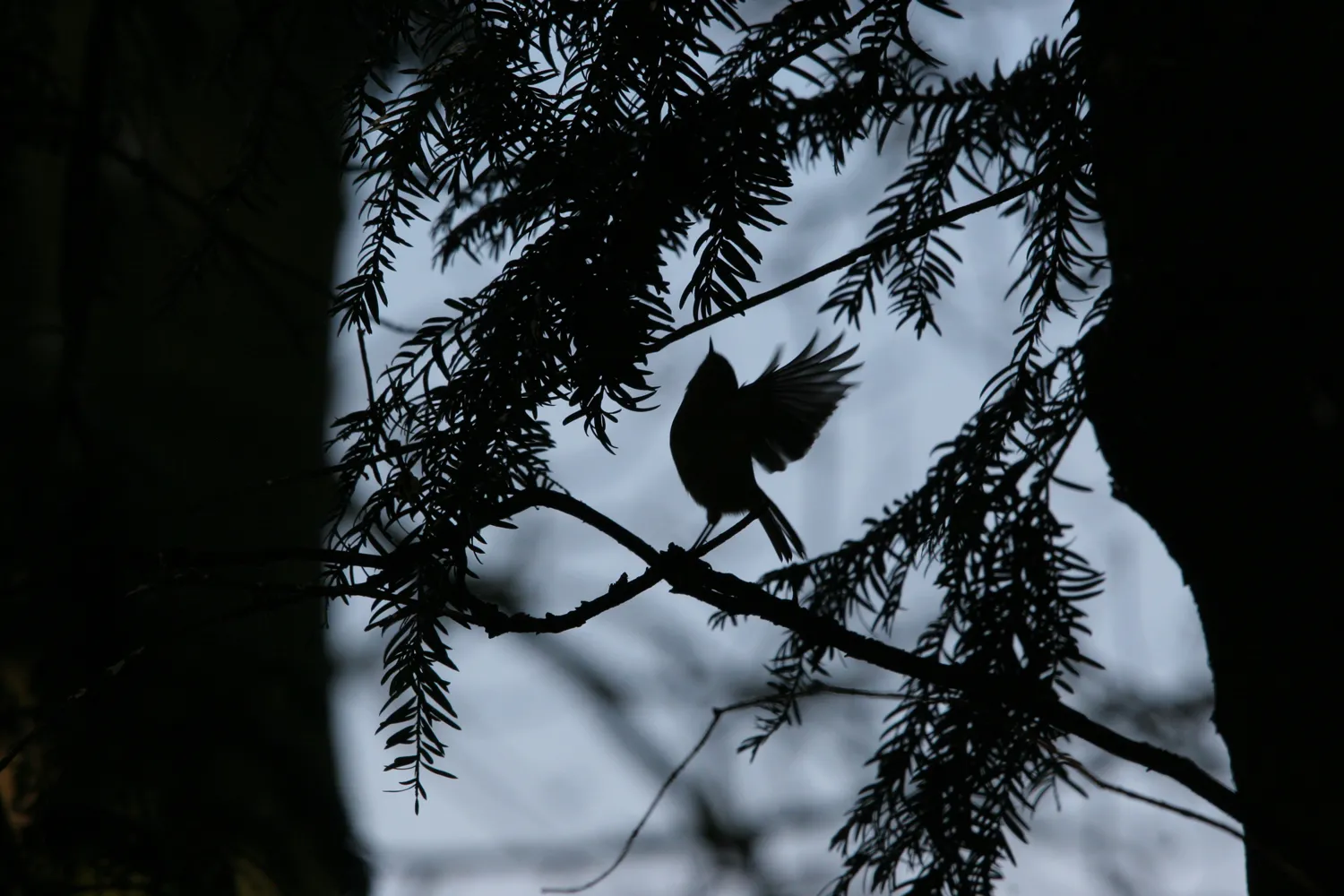Birds require extra resources during the winter months so that they can cope with the longer nights and lower temperatures. Small birds only have a limited ability to lay down the fat reserves needed to get them through a winter night, so they may be under some pressure to find food as soon as day breaks.
The time at which different species first arrive at garden feeding stations may provide an insight into the ways in which characteristics of the birds (such as eye size) and local habitat (such as whether they are in a rural or urban location) shape the ability to quickly replenish fat reserves lost overnight.
We set out to do this through the Shortest Day Survey, which was delivered with the help of BTO Garden BirdWatchers and BBC Radio Four's Today Programme listeners.
Methods
Volunteers from across the UK were asked to observe the birds in their garden from before dawn on the shortest day of the year, 21 December 2004. We asked them to record the time at which the first individual of each visiting species was noted at their feeding station, relative to local first light. We collected these data through a dedicated web application, which included some simple verification.
We then analysed the responses in relation to:
- the relative eye size of each species (testing the hypothesis that species with a larger relative eye size would be able to begin foraging earlier),
- body size (testing the hypothesis that smaller birds would arrive earlier because they would have used a greater proportion of their body reserves overnight), and
- local habitat (testing whether there were differences between urban and rural habitats).
Results
Some 5,460 responses received from participants across the UK and we were able to calculate mean arrival times for 24 species. The first three species to arrive, on average, were Blackbird (13.0 minutes after first light), Robin (16.0 minutes) and Blue Tit (19.5 minutes). The last species to arrive were Greenfinch (30.0 minutes), Goldfinch (30.2 minutes) and Great Spotted Woodpecker (32.2 minutes), with the remainder in between.
Species that were first recorded at garden feeding stations earlier in the morning had larger eyes than those that were seen later, supporting the hypothesis that the time that birds start foraging in the morning is limited by their visual capacity in low light levels. Larger eyes allow more light to enter the eye, and so are likely to allow birds to find and handle prey more effectively and also to detect and avoid predators, increasing the benefits and decreasing the costs of being active soon after dawn.
We found no relationship between body mass and time of arrival at garden feeding stations across the species investigated in this study. As noted, smaller species might be predicted to emerge to feed earlier because they use a greater proportion of their energetic reserves during the night. However, because eye size is related to body size, smaller birds tend to have smaller eyes and this could limit how early they can venture out to feeding stations.
Nine of the 10 most commonly seen species showed a positive relationship between the degree of urbanisation locally and their time of arrival; i.e. these nine species appeared at garden feeding stations later in the morning in urban areas than they did in rural areas. Collared Dove showed the opposite relationship. This suggests that the heat lost from our homes, offices and shops – which elevates urban temperatures above those in surrounding rural areas – may be important. If overnight temperatures are several degrees higher in urban environments, the energetic demands on small birds may be reduced sufficiently to delay the time that they are first seen at feeders in the morning by several minutes.
Outcomes and outputs
The study was written up in two peer-reviewed papers, one looking at eye size and body size in relation to arrival times, and the other extending this to look at local habitat. We also repeated the study through our Early Bird Survey to secure additional information on the possible effects of street-lighting on these relationships.
Eye size and arrival times

Urbanisation and arrival times

